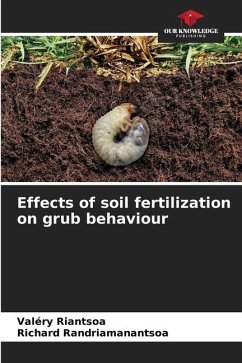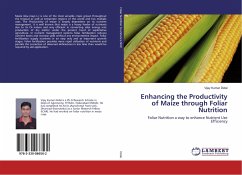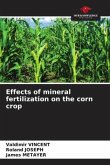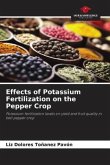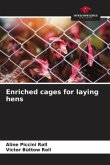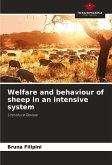Rainfed rice cultivation in the Vakinankaratra highlands faces major problems due to soil poverty and the presence of pest white grubs. A greenhouse study evaluated the effect of soil fertilization on two species of grubs: Heteroconus paradoxus and Hyposerica sp.The experiment used four types of treatment (soil without fertilizer, cattle manure, NPK fertilizer and a combination of NPK and manure) on a variety of upland rice. White grub damage was assessed at different stages of rice growth. Without fertilizer, both species of grubs caused significant damage from emergence to flowering. Fertilization with NPK favored plant growth but did not prevent attacks. In contrast, the use of cattle manure reduced damage at all stages for Heteroconus paradoxus and totally eliminated attacks at flowering stage for Hyposerica sp. Finally, the combination of NPK and manure reduced damage from tillering stage for Heteroconus paradoxus and bolting stage for Hyposerica sp.
Bitte wählen Sie Ihr Anliegen aus.
Rechnungen
Retourenschein anfordern
Bestellstatus
Storno

